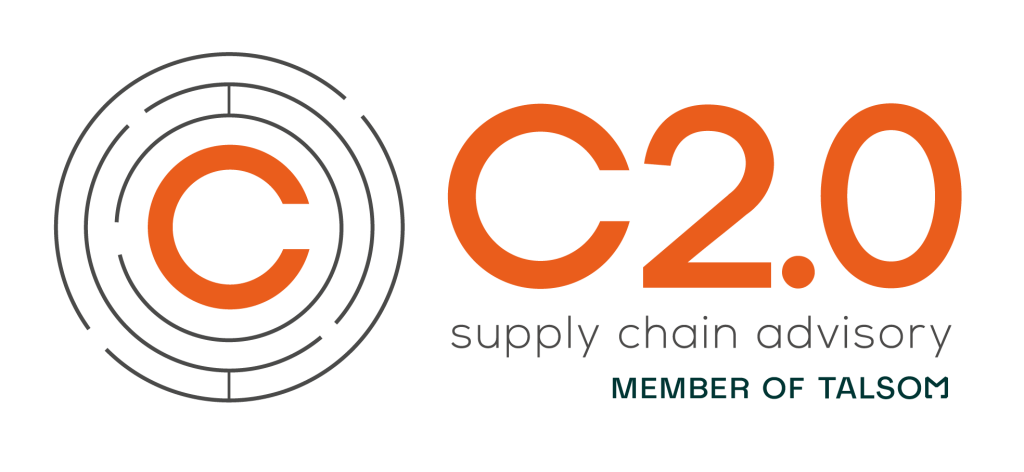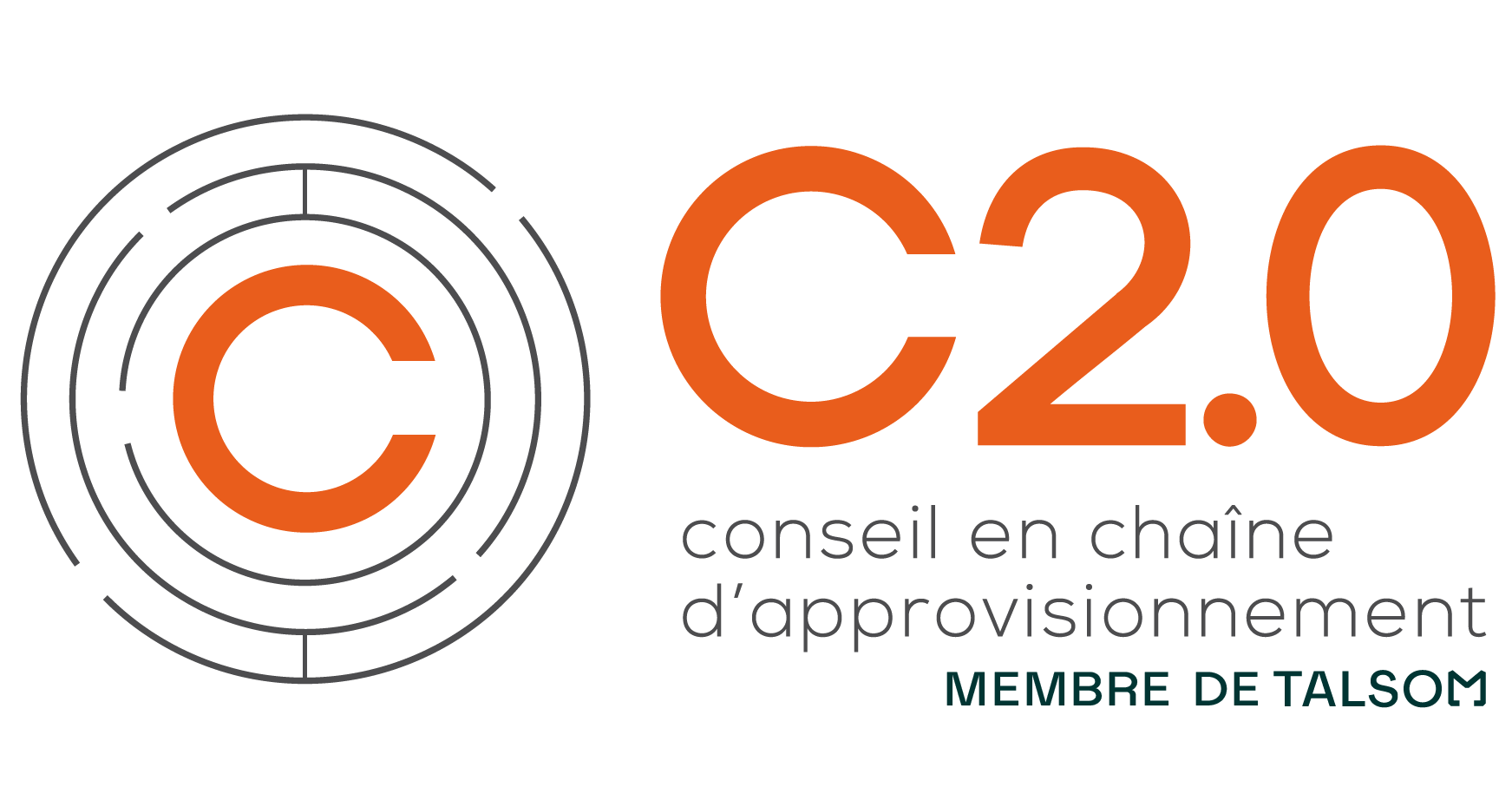YEAR
2019
Type OF projeCt
Transport
SAVINGS
600K$
DIRECTED BY
Afef bouguerra
Martin Nadon
Daniel Vendette
OVERVIEW
CUSTOMER PRESENTATION
Our client is one of the largest poultry cooperatives in Quebec. It is known for its local production and the quality of its products.
CHALLENGE
With the opening of a new distribution center and the centralization of its shipments, the client wanted to issue a transport tender to optimize its network and analyze the impact of this change.
CLIENT'S GOAL
Through this tender, the client aimed to reduce its costs and ensure that its transportation volume is covered.
ExEcution OF THE PROJECT
Conseil 2.0 based its approach on a year of historical data, taking into account upcoming changes (the new distribution center) and the client’s desire to centralize its distribution.
Historical data was used to establish a baseline with a historical cost of 6 million Canadian dollars to allow for a comparative evaluation at the end of the project to determine cost savings.
With this data, we also modeled the distribution network, defining 164 corridors (origins-destinations) and including various modes of transportation: full truckload (TL) and less than truckload (LTL).
To respond to this tender, over 140 carriers were invited to participate in the event.
To account for the new distribution center, Conseil 2.0 created corridors to model the client’s new reality.
The methodology proposed and adopted by the client consisted of 5 steps:
Adjustment of delivery times for all suppliers in the ‘glass’ category group: $1,200,000 reduction in inventory.
All qualified carriers from the RFI phase were invited to provide rates for the corridors of their interest. Conseil 2.0 ensured the validity of the submissions received during round 1 and managed communication with all carriers throughout the event.
The objective of this phase was to provide feedback to the carriers who had participated in round 1. This allowed them to be informed of their position relative to other participants and also to correct their submissions in case of errors. The feedback provided to the carriers helped maximize the savings we could achieve in the market.
In collaboration with the client, Conseil 2.0 defined various analysis and simulation scenarios to find the best solution that met the client’s needs and requirements. Examples of scenarios conducted were:
- Cost-Based Allocation: Allocating volume to the most cost-effective submissions (Low cost, no constraints).
- Cost-Based Allocation with Capacity Adherence: Allocating volume to the most cost-effective submissions while adhering to capacity constraints by corridors and overall carrier capacity.
- Favoring Current Carriers: Prioritizing carriers currently active in the client’s distribution network.
- Introduction of X% New Carriers: Assessing the impact of introducing a certain percentage of new carriers into the distribution network.
- Exclusion of Brokers: Measuring the impact by allocating 100% of the volume only to carriers with their own fleet (asset-based).
- Restriction on the Number of Carriers to Use: Finding the optimal balance between the number of carriers to manage and total volume coverage.
- Ability to Assign Primary, Secondary, and Tertiary Carriers.
- Comparison between the Current and Future Network: Conseil 2.0 provided the client with an impact analysis, allowing them to gain insights into the expected savings following the implementation of the new distribution center.
Taking into account the client’s constraints and operational and strategic reality, Conseil 2.0 was able to analyze and compare over 2000 bids to provide optimal allocations, which are the result of the optimization phase.
RESULTS
The transportation tender managed by Conseil 2.0 generated significant savings for the client. In fact, the baseline was reduced by 10%, resulting in savings of $600,000. Furthermore, in response to Conseil 2.0’s achievements, the number of carriers our client had to deal with decreased by 65%. Thanks to this reduction, the client achieved significant transportation savings and was able to maintain equally effective coverage of its shipments.





